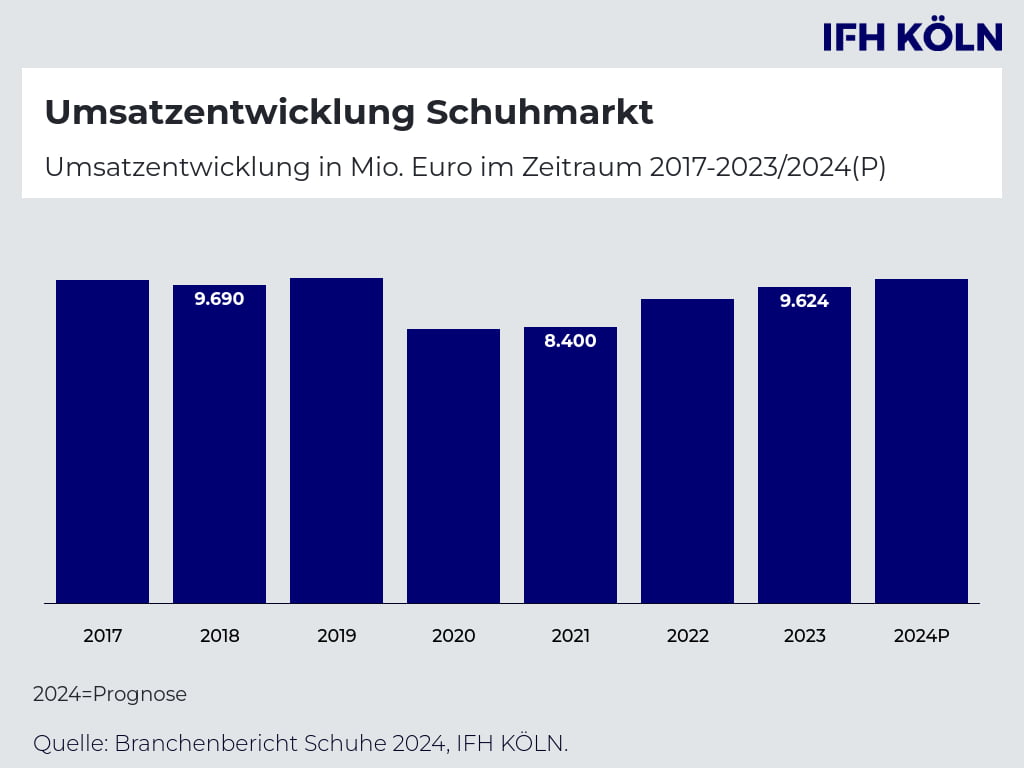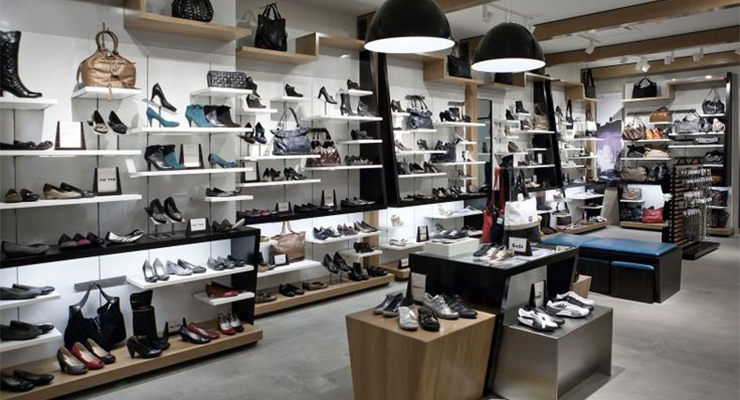“Despite the growth in the market volume of shoe retail, private consumer spending is declining. In view of this development, a clear, differentiating positioning that is characterized by an offer tailored to customer needs and excellence at the POS is becoming the decisive answer to the changing market and is essential for future success in the shoe trade,” says Peter Frank, Executive Consultant, BBE Handelsberatung.
While Chain Stores Grow, Online Retailers Lose Share
In 2023, the majority of sales in the footwear market will be generated by brick-and-mortar chains with a share of 48%. While online retail is growing again in other sectors, the market share of digital sales channels in the footwear trade is currently still slowing down. Online retail accounted for a total of 35% in 2023.

Forecast: Slow Growth
The market experts from IFH Köln and BBE Handelsberatung expect steady, slow growth for the footwear market as a whole until 2028. According to projections from April 2024, the pre-crisis level of 9.9 billion euros in 2019 will not be reached again until 2025. The stationary catch-up effects will level out again in the coming years and online retail will gain market share again.
“The stationary catch-up effects are still continuing in the shoe market and we can see that stationary specialist retailers with expert advice still function after all! Retailers should take advantage of this general interest among customers now and offer added value through attractive services – such as click and collect – to make themselves strong for the future. Because online retail is picking up speed again,” argues Carina Stäbisch, Project Manager at IFH Köln.
The complete study (in German) can be acquired from IFH Köln´s website.






